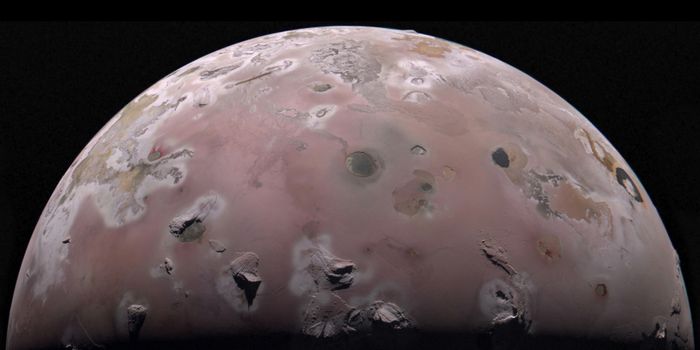Using Human Hair to Improve Solar Technology?
Solar power usage, used frequently in the United States to generate electricity, has been steadily rising since 1984. New photovoltaic (PV) technology, called perovskites solar cells, are emerging as an equally effective alternative to existing solar technologies but with a broader range of potential applications (such as clothing with solar power capabilities). However, researchers are faced with two challenges regarding PV technologies: making this technology cheaper (and therefore easier to access) and more capable of lasting a long time.
According to a study published in the Journal of Materials Chemistry A, researchers at QUT's Centre for Materials Science may have found a potential solution in an unlikely place: human hair.
But why human hair? The answer is its potential to produce carbon nanodots, a type of nanotechnology valued for having a range of applications and uses. A previous study illustrated that human hair could be broken down into its composite molecules (such as carbon and nitrogen), allowing researchers to pull existing carbon from hair and turn it into carbon nanodots. This was both more cost-effective and less wasteful than current raw material processes used to create nanodots.
QUT researchers used carbon nanodots derived from human hair to create a solution that was added to the production of perovskite solar cells, which they found created a structure of perovskite crystals surrounded by carbon.
"It [carbon nanodots] creates a kind of protective layer, a kind of armour. It protects the perovskite material from moisture or other environmental factors, which can cause damage to the materials," said Professor Hongxia Wang, one of the lead researchers on the study.
The study found that, overall, perovskite cells with carbon dots were more stable and more efficient at converting energy than cells without carbon dots. However, there is still much research to be done. According to Dr. Wang, most perovskite cells aren’t widely available on a commercial level. This is because the development of perovskites has been done in highly controlled settings, leaving several questions unanswered about how durable perovskite cells can be and how to produce them on a large scale.
"To make the technology commercially viable, challenges for fabrication of efficient large area, stable, flexible, perovskite solar panels at low cost needs to be overcome,” said Professor Wang.
While there is much work to be done in making these solar technologies durable and cost-effective, carbon nanodots seem to be one possible way of creating solar cells with the longevity needed to produce clean, reliable energy.
Source: Science Daily








